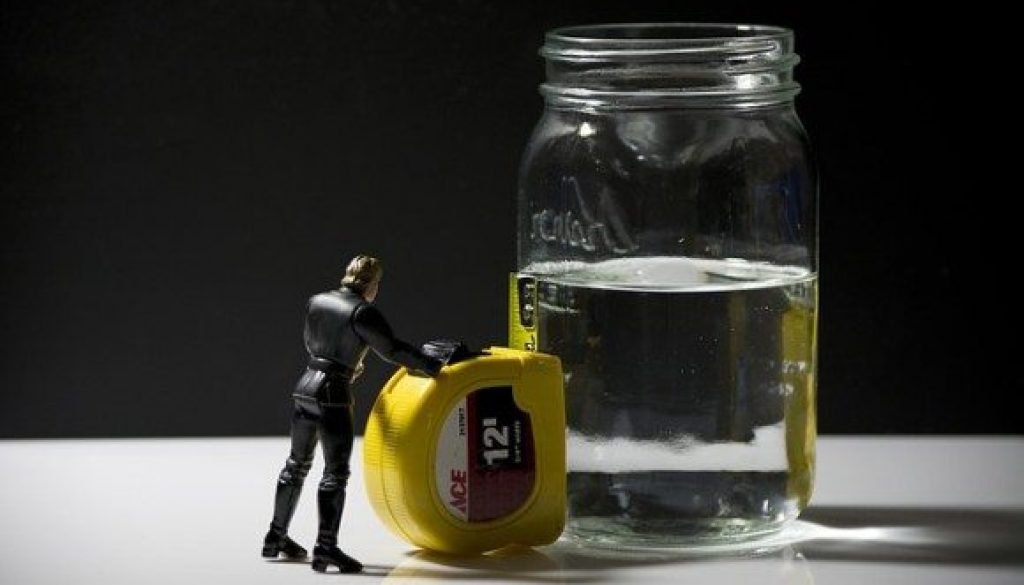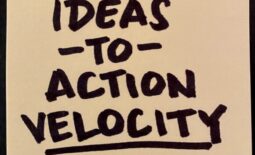The Proactive Prepared Pessimist
There is nothing wrong with making a new project “live” and then finding things that went wrong/broke/didn’t work. You then correct the broken elements and re-launch, repeating as many times as necessary.
Nothing would ever launch if people waited for every single element to be “perfect”, because there’s no such thing as perfect.
However, you can dramatically reduce both the number of elements you’ll need to fix and the number of times you’ll have to go back in and make correction if you’ll practice a little of what I’ve termed “Proactive Prepared Pessimism“.
The kind of Pessimist with whom you are more commonly familiar is typically a person who has a perpetually gloomy personality and only sees, anticipates, and emphasizes the worst possible outcome.
 The Proactive Prepared Pessimist however, differs from the traditional pessimist in that while the idea is to consider what the worst possible outcomes could potentially be, the goal is to take the theoretical negative results and come up with plans to prevent them from occurring at all.
The Proactive Prepared Pessimist however, differs from the traditional pessimist in that while the idea is to consider what the worst possible outcomes could potentially be, the goal is to take the theoretical negative results and come up with plans to prevent them from occurring at all.
Note: beware those who proclaim to be helping by saying they are playing the role of “Devil’s Advocate”. This is not the same as being the Proactive Prepared Pessimist. These Devil’s Advocates want to let the air out of your balloon without ever offering to help plug the leak (the irony is that these people are always filled with hot air!)
The key to being a Proactive Prepared Pessimist is the search for not only possible solutions to things that might go wrong, but also implement ideas for bypassing the issue altogether.
It is easy to provide an example from the world of sales:
1. The salesperson who doesn’t bother to even make a call on a prospect because the economy is terrible and no one is buying is the quintessential pessimist.
2. The salesperson who goes on appointment #1 and loses the sale because he is stumped by an objection, but wins the sale on call #2 because he was ready with the answer to the same objection from the second prospect is practicing the average Launch/Fix/Re-Launch habit outlined in the first paragraph of this article.
3. The salesperson who works the answer to an anticipated objection into her presentation before the actual objection is ever even voiced by the prospect qualifies as Proactive Prepared Pessimist.
Which one are you today?
Which one will you be tomorrow?



